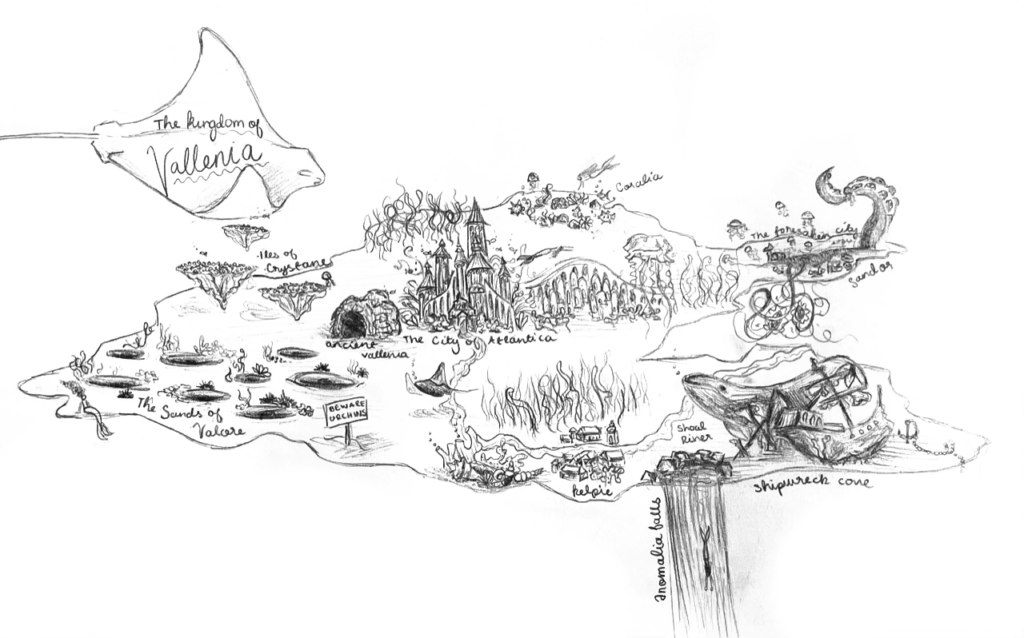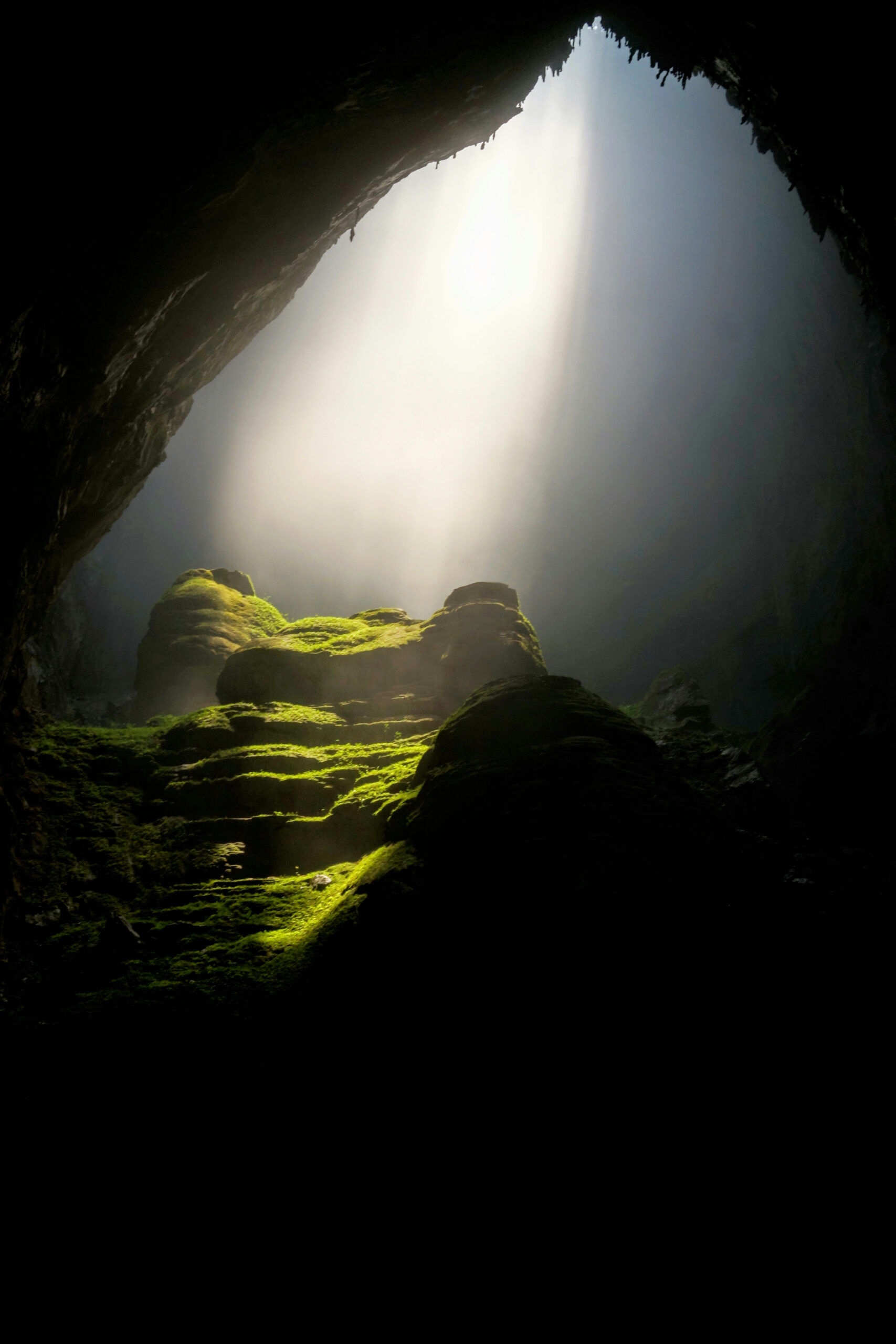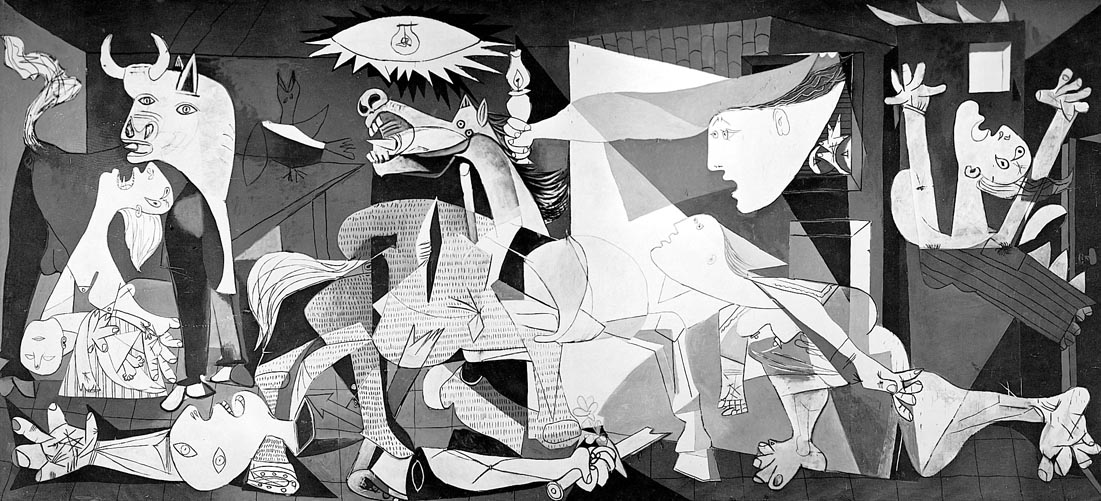Ashish V. Patwardhan’s essay “Exploring Faerie: Creating Fantastic Setting through Mapmaking and Sensory Description” was selected by the T&W Magazine editorial board for the 2024 Bechtel Prize shortlist. The Bechtel Prize is awarded for an essay describing a creative writing teaching experience, project, or activity that demonstrates innovation in creative writing instruction.
The Bechtel Prize is named for Louise Seaman Bechtel, who was an editor, author, collector of children’s books, and teacher. She was the first person to head a juvenile book department at an American publishing house. As such, she took children’s literature seriously, helped establish the field, and was a tireless advocate for the importance of literature in kids’ lives.This award honors her legacy. Learn more about the Bechtel Prize here.
It looks like a misplaced lake, arbitrarily glistening over the city’s remains like a blanket draped over a giant with twisted limbs. It intrigues you as it ripples with glitter, pulling you closer with its tiny goldfish that shine with every swim stroke. But don’t get too close, ’cause if you do, you’ll see the truth.
—Nyla Ahmad, 12th Grade
Each spring, I stand at the front of the room and watch my students bent over their desks, drawing madly. Even though they have yet to write a word, this exercise is the beginning of my course, Fantasy Literature, where over the semester they will write imaginative, idealistic, and expansive stories. They will write about portals, warriors, and mermaids; invent runes; and design societies, both utopic and dystopic.
But first, we draw.
The guiding text of the course is an essay by J. R. R. Tolkien entitled “On Faerie Stories.” In this essay, Tolkien presents his philosophical argument for the importance of fantasy. Although fantasy is often considered the genre of escapism, Tolkien claims that fantasy helps us recover a feeling of wonder and appreciation for the real world. He writes, “We should look at green again, and be startled anew (but not blinded) by blue and yellow and red. We should meet the centaur and the dragon, and then perhaps suddenly behold, like the ancient shepherds, sheep, and dogs, and horses, and wolves.”
Although fantasy is often considered the genre of escapism, Tolkien claims that fantasy helps us recover a feeling of wonder and appreciation for the real world.
But fantasy is not just about reawakening an appreciation for what is—it is, at its root, a playground for our own obsessions. Tolkien urges writers to create fantasy rooted in our own desires. “Fairy-stories were plainly not primarily concerned with possibility, but with desirability. If they awakened desire, satisfying it while often whetting it unbearably, they succeeded.” In his own case, Tolkien writes, “I desired dragons with a profound desire,” so it makes sense that he wrote dragons into his stories. And so, I guide my creative writing students with one primary question: What do they desire?
However, the first creative writing assignment in the course is not actually a writing assignment. Instead, I ask that they draw a map. It doesn’t have to be artistic, just sincere.
The “Map Making” Assignment
Make a map that describes a world of your own. You have total freedom to make anything you desire. Take a line for a walk and see what happens—there is no way to fail. Start with a shape and include a variety of geographic features. Also think about scale—your world can be as big as you want. (If necessary, the instructor can provide a list of possible geographical features as inspiration, just make it clear that it’s not a check-list!) As Tolkien says, the roots of Faerie draw from our deepest desires, so make features you find desirable—for example, if you love islands, make an archipelago. Also, remember that Tolkien often refers to Faerie as “the Perilous Realm,” so include at least one perilous place.
The next thing to do is to name each place on the map. The names should be unfamiliar, but they don’t need to sound ultra-weird or fantastic. And don’t forget to give your world a name.
Students share their maps by presenting them or by passing them around in small groups. I urge their group members to ask one question suggested by the map. Do they travel in boats, or do they fly between islands? Do the inhabitants farm? Is that a volcano? It doesn’t matter if the presenter can’t answer it right away—it’s just cool to hear what someone might wonder about their world, and it may spark ideas.
After making the map, the next exercise is called “Evoking a Place,” in which students turn their map into writing.

The “Evoking Place” Assignment
Looking at your map, read the name of each place aloud. Listen for a name that seems somehow auspicious or special to you, not necessarily in an obvious way. Speak the name of this place over and over to your ear: listen for how its name describes the place itself. What does its sound suggest about it?
Now: what does the location on the map suggest about it? If it’s by a mountain, how does the mountain affect the people living near it? If it’s near a body of water, do people fish there, swim there, drown there, etc.?
Describe the place for one or two pages, freestyling about the place, improvising an elaborate lie about what goes on there and who lives there. You may want to start with what’s around—is there a river near this place, a mountain in the distance, desert, etc.? The only stipulation for this exercise is that the final line should be “It was here that _____ was born,” where you must name your protagonist.
Approaching creative writing through the map frees students to write in a non-academic way and allows students to play, seriously, with language and their imagination.
Approaching creative writing through the map frees students to write in a non-academic way and allows students to play, seriously, with language and their imagination. One student, who was passionate about math and science, invented an intricately designed cosmos that involved a black hole and a world that was affected in strange ways, obeying the laws of physics in an alternate universe. Another student used her fantasy to tell a story about social justice, and her plot made use of magical realism in an inner-city setting, involving racial politics, ideological persecution, and a protagonist who fought for their city’s salvation. Another student invented a genderless world, and tried to make their own language, going so far as to come up with a partial script/alphabet for it.
And it all begins with a map. With theirs in hand, one of my students reflected, “First semester of senior year was even more stressful than everybody said it would be. Drawing my map was a lot like thinking about my own future and where I’d be going, but without the anxiety. Instead of making me feel freaked out, it made me hopeful and excited. It gave me perspective during the whole college-anxiety craziness and gave me something to believe in.” Fantasy, the genre of imagination, does more than allow students to escape the fraught realities of their lives—it allows them to explore a new world of meaning and hope, a world they desire, and one in which they draw their own map.
Student Writing Example
Sandor: The Forsaken City
Seaweed and underwater moss infect the cracked and decaying stone villas, spilling onto the pavements of broken shells as a dark cloud hovers above, shielding the innocent crystal blue waters from the death wish that is the forsaken city. Islands piled high with half-eaten fish and ripped scaly tails float over cracks in the ocean floor that scream of everlasting darkness might turn heads, but the portal is what consumes your eyes. It looks like a misplaced lake, arbitrarily glistening over the city’s remains like a blanket draped over a giant with twisted limbs. It intrigues you as it ripples with glitter, pulling you closer with its tiny goldfish that shine with every swim stroke. But don’t get too close, ’cause if you do, you’ll see the truth. Stringy bands of tar stretch from edge to edge, fraying as the portal tries to pull them further. Tentacles and bones cling to the banks of the lake while roars and grumbles drown out the splashing of fish and pops of bubbles. It’s hard to believe that just a few years ago, this was once a sunlight city full of mermaids, fish, and underwater nymphs; the sand dollar haven of the seas: Sandor. It was Vallenia’s beautiful secret, a hidden gem in the seven seas. Creatures of all kinds made their lives in this city, peacefully swimming through dapples of sun rays that cut through the ocean’s surface, oblivious to the world that boiled beneath them. The sea beds of Sandor were sprinkled with colorful coral that swayed with the tide and rooted to the sand. Little schools of fish twisted and flipped their fins over colossal whales whose voices echoed through the never-ending paths of the city. Mermaid tails fluttered from place to place, and millions of sand dollars coated the ground, floating up and down as nymphs kicked up the sand. Sand dollars showered the sea above little houses that were molded together with cream-colored sand and stone. Instead of roofs, coral reefs of blossom orange and rose pink grew and housed schools of clownfish and seahorses with crowns. And at the edge of the city, there lay a little cottage made of cockle shells; it was here that Milo Ripley was born.
—Nyla Ahmad, 12th Grade
Featured photo by Daniel Burka on Unsplash.

Ashish V. Patwardhan
Ashish V. Patwardhan was born in India, lived on a ship for a while with his merchant-marine-



